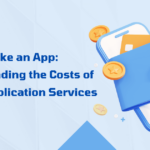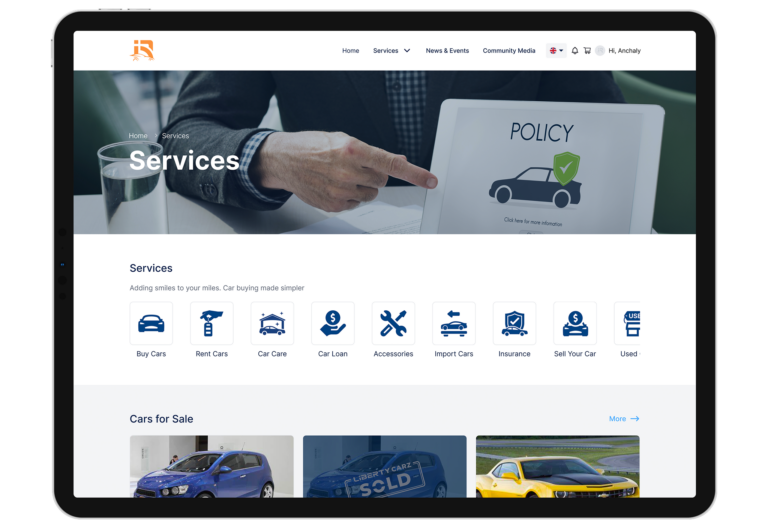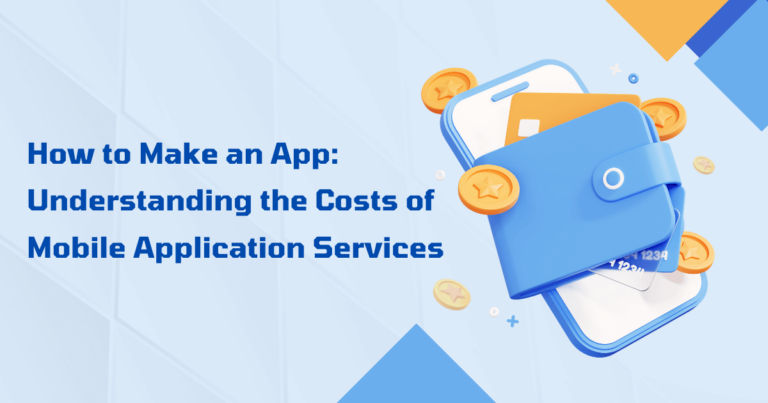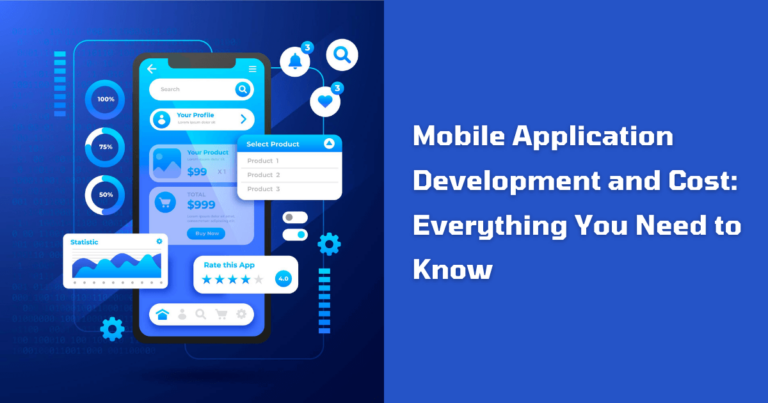From healthcare to entertainment, from engineering to transportation, technology has transformed industries around the world. Its impact extends beyond businesses and touches the lives of families, students and educators globally. Even before the COVID-19 pandemic, online education was gaining momentum. According to Inside Higher Ed, the percentage of college students enrolled in at least one online class increased from 33.1% in 2017 to 34.7% in fall 2018.
What is education technology (EdTech)?
EdTech, short for Educational Technology, means using digital tools like computers and online resources to make teaching and learning better. It includes things like computer programs, websites, and devices that help with lessons, tests, and school tasks. The primary objective of EdTech is to harness technology’s potential to craft innovative and impactful learning experiences for students, educators, and educational institutions.
Benefits of Using EdTech
EdTech brings a host of advantages for students, educators, administrators, and parents. Students can benefit from learning anywhere globally, making it convenient for military, international, and adult learners. EdTech enhances technological literacy, facilitates effective research, and empowers students to learn from home.
Parents can actively participate in their child’s education, and students receive alerts to stay on track, allowing for personalized learning at their own pace.

For educators and administrators, EdTech streamlines processes with automated grading, secure cloud storage, and access to a wealth of online lesson plans and teaching tools. It contributes to eco-friendly practices with paperless assignments, saving costs and reducing environmental impact.
The definition and benefits of Edtech are so clear, so what is Edtech SaaS distribution, let’s continue to learn!
What is Edtech SaaS distribution?
SaaS (Software as a Service) is a model for distributing software where the application is hosted by a provider and accessed by customers via the Internet. In this setup, customers essentially lease the software, using it on demand and paying only for what they use. It’s a departure from the traditional method of installing software on individual servers, requiring users to handle installation, configuration, and updates themselves.
Think of SaaS as akin to renting software. For instance, schools might subscribe to computer-based curriculums for a specific duration and number of students, paying solely for the software they utilize during that time.
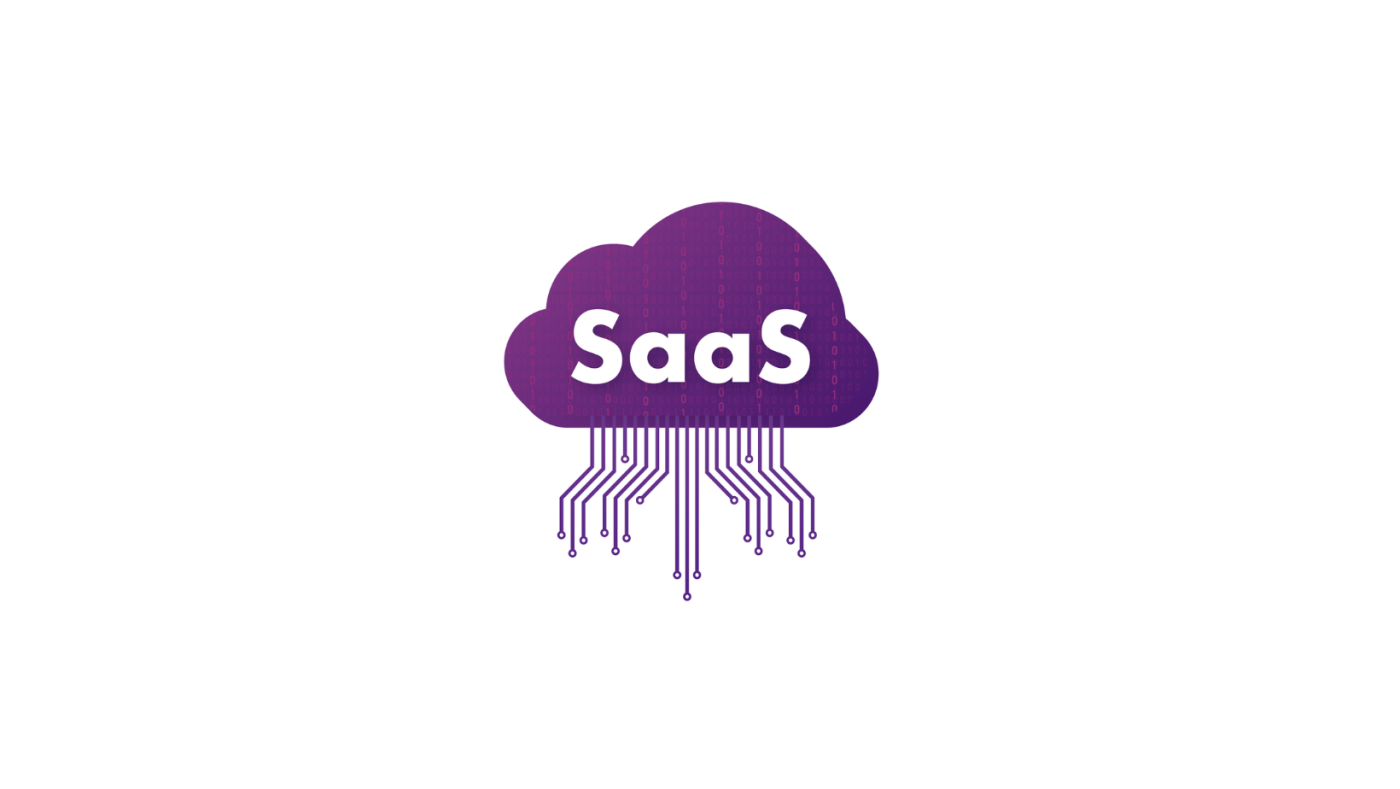
Benefits of Edtech SaaS
SaaS delivery models can bring numerous advantages to schools. Here are the top five benefits:
Cost Reduction
SaaS subscriptions help schools cut costs in various areas of their technology budgets, such as hardware, software, maintenance, and staffing. There’s no need for hefty upfront expenses on on-site hardware and software licenses, which are typical financial burdens in the traditional model. By letting the SaaS provider handle IT infrastructure, schools experience lower IT costs for hardware and software, freeing up personnel previously tied to these tasks.
Moreover, vendors maintaining a single software version can create and support their products more affordably, passing on these savings to customers. This consistency in pricing assists schools in managing IT budgets more effectively, addressing common challenges faced by educational institutions.

Seamless Access to Latest Technology
SaaS providers manage updates and bug fixes automatically, ensuring schools continuously access the most up-to-date curriculum versions without extra investments.
There’s no hassle with new application licenses or manual installations of patches. Schools need not expand hardware, servers, or IT staff if their usage grows—the SaaS provider takes care of it. This adaptability empowers schools to keep up with student needs without incurring additional expenses. Additionally, having a unified software version enables vendors to swiftly introduce new features and updates, fostering innovation that benefits schools.

Enhanced Customer Service
SaaS subscriptions create a more symbiotic relationship between schools and vendors compared to the traditional model. With ongoing relationships reliant on subscription renewals, SaaS providers are incentivized to offer exceptional products and customer service, continually improving their offerings based on customer feedback. They are motivated to assist schools in maximizing the utility of their product, prioritizing support beyond just the initial sale.
Flexible and Transparent Budgeting
Shifting from large upfront investments in solutions to a subscription model allows schools to align program costs with their annual budgets. Additionally, if a particular program doesn’t meet expectations, transitioning to a new provider incurs lower costs, enabling quicker adoption of superior programs.
Anytime, Anywhere Learning
SaaS applications involving cloud-based curricula enable learning from any location, offering a significant improvement over the current restrictive approach that confines a child to a specific computer for a set amount of time.
While SaaS might not suit every school district, weighing its pros and cons against traditional commercial software is essential. Nonetheless, the substantial benefits indicate the need for more SaaS options in the early education technology market, encouraging educational technology companies to catch up with other software industries.

Edtech SaaS distribution in Cambodia
Edtech, standing for Educational Technology, refers to the use of technology to enhance the learning and teaching experience. Within this realm, the distribution of educational technology solutions through SaaS models has emerged as a significant advancement. This model, known as Edtech SaaS distribution, allows educational institutions to access software applications via subscriptions hosted by providers over the Internet.
In Cambodia, the adoption of Edtech SaaS distribution has been on the rise across various educational sectors such as schools, vocational training centers, and higher education institutions. These technological solutions offer innovative methods for curriculum delivery, interactive learning platforms, and efficient administrative management systems, showcasing a commitment to leveraging technology for educational advancement.

The increasing implementation of Edtech SaaS distribution in Cambodia signifies a growing realization of technology’s potential in education. These solutions aim to bridge educational gaps, improve learning outcomes, and equip both students and educators with the necessary tools for success in a digitally driven world. As Cambodia continues to invest in its education technology sector, the trajectory points toward further advancements that can positively impact the country’s education system.
Realizing that distributing educational software in Cambodia will bring new advances in education in this country, Liberty Technology has been conducting research to distribute online educational software, helping to improve education. the quality of teaching and learning of teachers and learners, while optimizing the management process of schools and vocational training centers. Currently, Liberty Technology is a distribution partner of DOTB’s EMS Education management system – cooperate in all three aspects: customer relationship management (CRM), training management (SIS), online learning management (LMS).
Your business has a promising educational technology software, and you want to get it into the hands of those who really need it, don’t hesitate to contact us via email:
[email protected]





